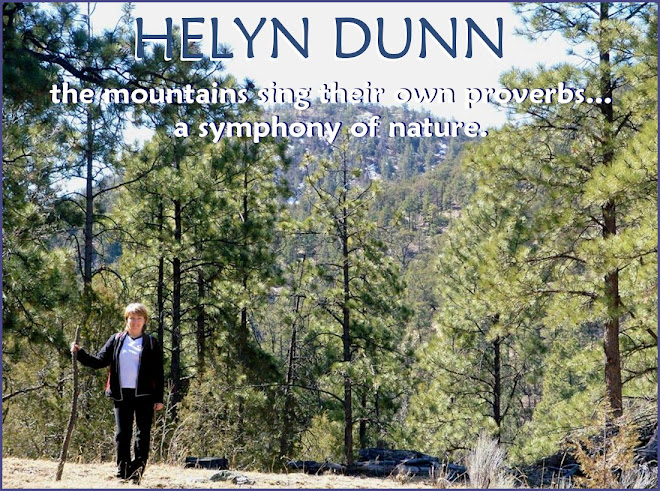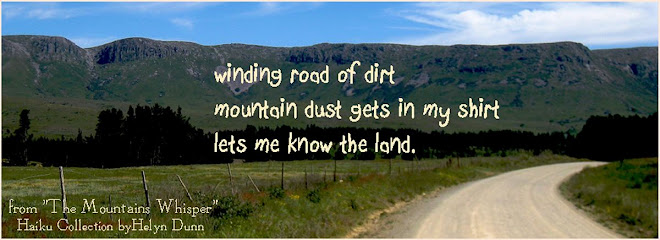 While my new "home" is off the beaten path, it is very rich in history and adventure!
While my new "home" is off the beaten path, it is very rich in history and adventure!Along U.S. 60 in the northern part of Catron County, the largest county in New Mexico, three towns interrupt the remote mountain landscape. Datil, Pie Town and Quemado are a day's horseback ride from each other. Pickups have replaced the horses, but ranching remains the main occupation in the area although real estate development is gaining a toehold.
With more elk than people, the emphasis is on outdoor recreation in northern Catron County. Hunting for elk, deer, bear and wild turkey is extremly popular during fall and winter. The temperature averages range from 32 degrees to 70 degrees over 350 sunny days a year. Monsoon showers hit hard in July but do not last long.
Thirty-six miles west of Magdalena, at the western edge of the San Agustin Plains, the Datil Mountains rise and pinon and juniper trees emerge from the bush and grass. At the intersection of U.S. 60 and S.R. 12 at an elevation of 7500 feet sits the town of Datil.
To the Spanish settlers the seedpods of the prevelant yucca resembled dates, and "datil" is the Spanish word for date. Levi and Fred Baldwin established the first Datil store and post office in 1884 to serve the cattle ranching families. One of the early settlers, Agnes Morley Cleaveland, described ranching in Datil in the 1880s in her well-known book, No Life for a Lady. A monument to her parents can be seen on U.S. 60 five miles west of Datil.
The hub of Datil is the Eagle Guest Ranch which dates from the 1920s when Agnes Morley Cleaveland's sister, Loraine, and her husband, Tom Reynolds, opened the small store. With a cafe, motel, general store, gas station, and RV park, the Eagle Guest Ranch today serves as a general meeting place for the 150 townsfolk and the surrounding community of ranchers.
The Datil Well Campground, south of town, commemorates the site of a cattle watering well on the historic stock driveway from Springerville to the railhead in Magdalena.
Originally called Norman's Place, Pie Town is located 22 miles west of Datil on the Continental Divide. The altitudes of 7,900 feet has proven healthy for the town's 55 inhabitants.
Pie Town earned its name in the 1920s when Clyde Norman, owner of the town's gas station and cafe, began selling pies to automobile travelers on U.S. 60. In 1934 the area around Pie Town was opened up to homesteaders. Using dry land farming, the homesteaders grew pinto beans until 1956 when the lack of snow and rain made this unprofitable.
The Pie Town Pie Festival, held on the second Saturday of September, brings over a thousand visitors to the all-day affair featuring a balloon ascension, pie-eating contest, horny toad race, Old Time Fiddle Contest, western pit barbeque, and pie baking contest. Pie Town boasts two cafes, both serving pie. For the overnight visitor, camping is free in Jackson Park.
Twenty-one miles further west on U.S. 60 at the lower altitude of 6970 feet lies Quemado, named for the Spanish word for "burned." When Jose Antonio Padilla settled by a creek east of the present town in 1880, he found that the surounding brush had been burned by the Indians, so he named it Rito Quemado.
With three cafes, three motels, two garages, general and hardware stores and the only high school in the northern part of the county, Quemado is a service center for the surrounding ranching community and the 250 inhabitants of the town. The cut stone small Catholic Church at the east end of town with its tiny graveyard is well worth a photograph, as is the tree made of deer antlers.
Quemado Lake, 14 miles south on SR 32 in the Apache National Forest, offers excellent trout fishing, camping and hiking.




No comments:
Post a Comment